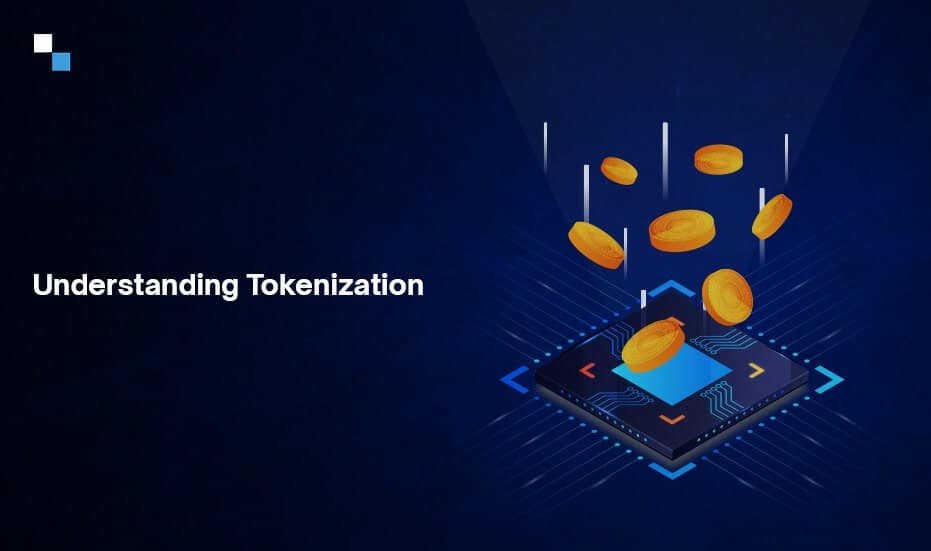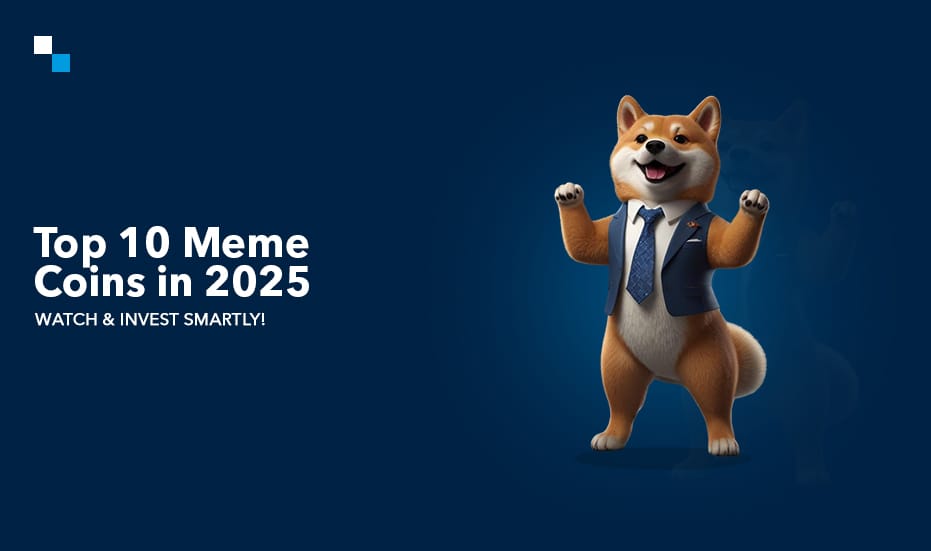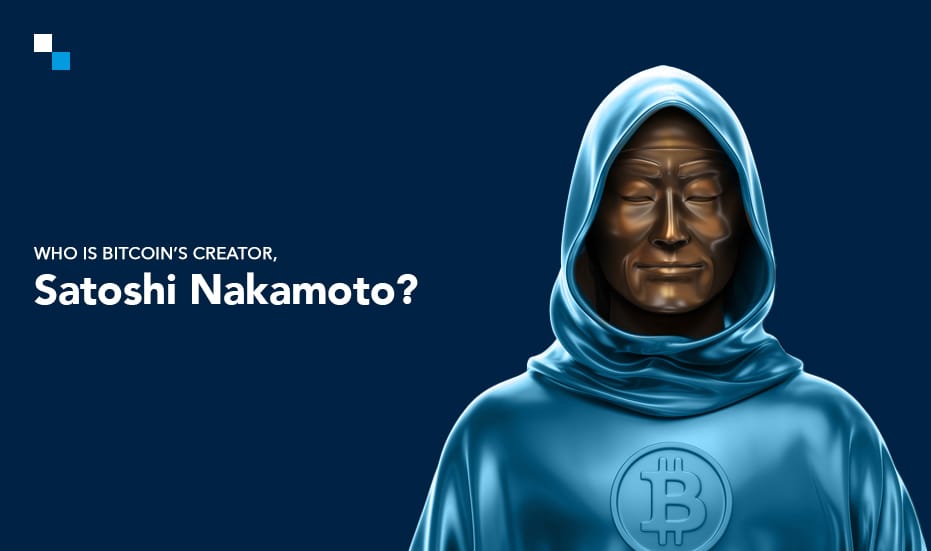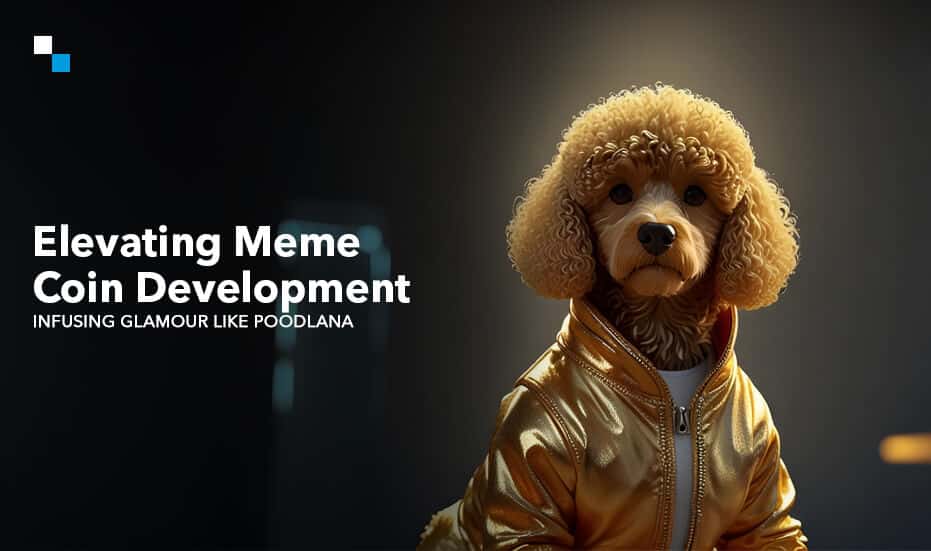
Defi Yield Farming Development and Its Key Advantages
March 4, 2022
How to create your own Blockchain from scratch? A Step-by-Step Guide
March 7, 2022The digital transformation has resulted in tremendous progress in a variety of fields, including digital payments. Payment technology advancements, on the other hand, have resulted in substantial vulnerabilities in sensitive client data. User data is exposed when digital payments are made since the data passes through several locations. As a result, the combination of tokenization and blockchain has long been regarded as a reliable option for data separation in ecosystems.
Tokens have recently gained popularity in the payments processing industry as a mechanism to hold credit card data without revealing the original data. Furthermore, due to the ability to convert physical and intangible assets into digital tokens, token development in blockchain has been making headlines. So, what does the new era of tokens mean for blockchain and the future of the world? Let’s take a closer look at the definition of tokenization, as well as the advantages it offers, utilizing cases.
What Does Tokenization Mean?
The advent of blockchain has altered the approach to asset investing. How? You’ve been looking for a way to tokenize your data, and now you’ve found it through the process of transforming the ownership rights of an asset into a digital token. A $200,000 condominium, for example, might be transformed into 200,000 tokens, each token representing about 0.0005% of the apartment’s value.
To put it differently, a blockchain token is a digital representation of full or joint ownership of any organization with a set value. Two of the most common uses of blockchain tokens are payments and transaction settlement among participants. Multi-party ownership of indivisible objects such as artwork and music videos can also be represented by token development. Tokens also enable transferring ownership of indivisible assets over a blockchain network much easier.
The combination of tokenization and blockchain can provide new opportunities for improving multi-partner business processes and developing new business models.
Given the definition, you’re probably interested in learning more about how the technology works. Understanding tokenization and its working might help you figure out how big tokens are.
Tokenization entails the conversion of indivisible assets into tokens, as you could have inferred from the term. There are, however, a variety of assets that are difficult to divide and transport throughout the world. As a result, you’ll need a better understanding of the many types of assets that may be turned into tokens.
Intangibles
Without a physical item to symbolize them, intangible assets exist exclusively on the basis of legal precedents. Intangible assets include things like copyrights and patents. It’s vital to ensure that the blockchain network’s asset transfer mechanism fits the real-world transfer paradigm while tokenizing intangible assets. Because they don’t need to be stored or shipped, intangible assets are good candidates for tokenization. On the other hand, jurisdictional differences may make transferring tokens that represent intangible assets exceedingly difficult.
Fungible Assets
Assets that are fungible can be replaced with something comparable. Fungible assets include things like wheat and gold. Because fungible assets may be easily broken into smaller bits, they are easier to convert to tokens. A single token might also represent a collection of fungible assets, such as a gold stack. For fungible assets, the tokenization approach must incorporate an abstraction layer. A set of tokens is tied to a collection of interchangeable asset components.
Non-fungible Assets
Assets that cannot be broken down into smaller pieces are known as non-fungible assets. Tokenization allows non-fungible assets to be broken down into digital shares that may be exchanged in whole or in part. The examples of artwork and real estate tokenization show that non-fungible assets may be converted into tokens.
The conversion of artwork into tokens begins with the adoption of an immutable digital signature. The digital signature or token represents the artwork and ensures its uniqueness. The token may then be deconstructed into smaller sub-tokens that can be digitally signed. After then, the tokens can be sold as if they were included in the original artwork.
Develop your Own Token with US
Schedule Free DemoTechnological Underpinning of Tokenization
Smart contracts, also known as token contracts, play an important role in token development. Token contracts are programs that help with the definition of rules and the transfer of value from one user’s wallet to another’s wallet. It’s worth mentioning that the most common smart contract deployment solutions are presently UTXO and account-based models.
The UTXO concept has become a popular choice for many cryptocurrencies since Bitcoin’s introduction. For Ethereum and Hyperledger Fabric networks, account-based architectures are acceptable. In the account-based architecture, you’ll find a global state database that helps you track the current status of the token or asset at any given moment. Furthermore, the transaction balance would be defined as the token’s current state.
Reasons for Growth of Blockchain-based Tokens
Following a thorough analysis of the basics of tokenization, such as its definition and practical applications, it is time to investigate the conditions that led to its inception. Here are a few of the most essential reasons to assist you to answer the question “what is the objective of tokenization?” in simple terms.
Operational Efficiency
One of the main advantages of tokenizing blockchain applications is increased operational efficiency. Tokens enable IT systems to be simplified and infrastructure to be shared among participants without the requirement for a centralized third party. As a consequence, transaction costs might be considerably reduced.
Furthermore, streamlining manual activities and eliminating a component of the compliance or reconciliation process may aid in the reduction of inefficiencies. Tokenizing assets also helps to automate fundamental transaction settlements and clearance, leading to faster transactions. As a result, you may be able to improve total transaction administration efficiency.
Assets Divisibility
Converting assets into fractions while retaining ownership of fractions of assets improves liquidity. Taking steps to lower the obstacles to asset investing may inspire more individuals to do so. Tokenization algorithms may help sellers complete transactions in previously illiquid marketplaces.
Tokens could demonstrate widespread support for inclusive financing. Investors that do not use an intermediary may be able to access investment opportunities that were previously unavailable due to high minimum investment requirements, a lack of infrastructure, or geographical restrictions.
Through tokenization blockchain systems, an investor’s location may not matter when it comes to access to financial markets and a variety of new sorts of assets. Interestingly, if tokens are employed, asset investing may become easier with significant reductions in minimum capital requirements.
Token development also helps foster the notion of shared ownership. Several persons can purchase and use an item under the shared ownership paradigm. Such a concept of partitioning ownership is critical in an era when consumption is stealing the spotlight from ownership. A small group of individuals, for example, may pool their resources to purchase a vacation home and agree on who will use it each week.
Transparency
Transparency is one of the offerings of blockchain. Because blockchain is by definition transparent, all transactions on a blockchain network are accessible to all network members.
In the case of tangible assets, transparency enables better tracking while also improving trust in the asset’s origins and ownership. As a result, tokenization has the potential to provide considerable benefits in terms of making it easier to identify ownership of a given object and the associated ownership chain.
The use of tokenization in blockchain applications, however, does not ensure complete transparency. Transparency is not widely accepted in many businesses for particular purposes. Transparency is a difficult concept to grasp in the asset management industry, particularly when rivals share infrastructure. Implementing privacy-enhancing technology to prevent sensitive data from being released may be a sensible option in certain instances.
Single Source of Truth
The next vital step in assuring the proliferation of tokenization blockchain applications is to establish a single source of truth. For each asset, organizations acquire a tremendous quantity of data. It is more difficult to map and link data points such as intellectual property rights, licenses, product ownership, and particular rights. As a result, a collection of fragmented data points regarding an asset may have unanticipated consequences.
Blockchain establishes a single layer of trust through the use of tokenization. Because of the trust layer, business partners or rivals may be able to exchange data collaboratively. Numerous ecosystem players may find it simple to interact with a single digital representation of a particular object. As a result, it has the potential to increase efficiency throughout the value chain while also offering new kinds of collaboration.
Many projects in the trade finance industry have demonstrated tokenization’s ability to serve as a single source of truth. The programs have centered on allowing corporations to share data about assets that are transferred throughout the world. By employing smart contracts, tokenized assets may be able to aid in automating and streamlining the high-volume trading process.
In A Nutshell
The economic benefits for firms that opt to tokenize their assets are only one of the numerous causes driving the rise of digital tokens. If one had a solid understanding of what tokenization is and how it works, one could simply assess the foundation for tokenization’s benefits. Transparency can assist firms in improving physical product traceability, accelerating IT processes, and enabling ICO development.
Most significantly, blockchain-based digital currencies have the potential to provide enormous benefits to individual users. People may have a stake in assets that were previously out of reach owing to capital constraints.
At Antier Solutions, we specialize in creating fungible and non-fungible tokens on different blockchain networks like Ethereum, Binance Smart Chain, and more. We offer comprehensive services – from token conceptualization and development to deployment, white paper creation, and marketing – to help you successfully launch your token.
Connect with our subject matter experts to share your needs for token development.



